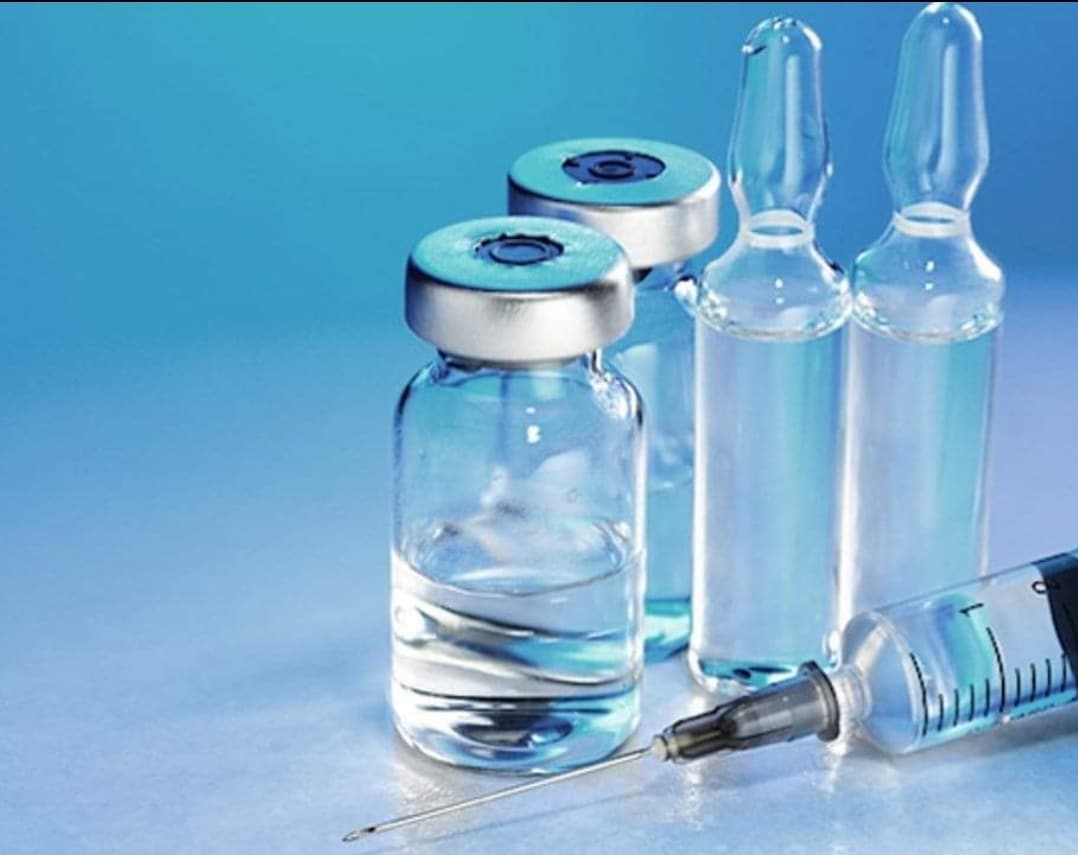USP Assay Testing of Active Ingredient in Parenterals
The USP Assay is a fundamental analytical procedure designed to determine the precise amount or concentration of an active ingredient present within pharmaceutical products, particularly injectables and parenteral solutions. This service ensures that the product adheres strictly to United States Pharmacopeia (USP) guidelines for potency and purity, which are critical for drug efficacy and safety.
In the context of injectable and parenteral products, USP Assay Testing is crucial because these medications are often used in life-threatening conditions where even slight deviations from expected concentrations can have serious health implications. This service plays a pivotal role in quality assurance by ensuring that each vial or ampoule contains the correct amount of an active ingredient to provide consistent and effective treatment.
The process involves meticulous sample preparation, which includes dilution and filtration to ensure accurate analysis. After preparation, the samples undergo testing using validated analytical techniques such as High-Performance Liquid Chromatography (HPLC) or UV-Visible Spectrophotometry, depending on the active ingredient and its chemical properties.
Compliance with USP standards is essential for maintaining product integrity, especially in injectable products that are often used in critical care settings. The results of this testing not only ensure that each unit dose contains the specified amount of the active ingredient but also help to identify potential discrepancies early in the manufacturing process. This proactive approach helps pharmaceutical companies adhere to regulatory requirements and maintain their reputation for producing high-quality, safe medications.
Quality managers and compliance officers rely on USP Assay Testing results to make informed decisions about product release. R&D engineers use this data to optimize formulations, while procurement teams ensure that suppliers are consistently meeting quality standards. By leveraging this service, stakeholders can ensure that the active ingredients in injectables meet strict potency requirements, thereby enhancing patient safety and therapeutic outcomes.
The USP Assay Testing of Active Ingredient in Parenterals is not just a compliance check; it's an essential component of the pharmaceutical development lifecycle. It helps to minimize risks associated with incorrect dosing or ineffective treatment, ensuring that patients receive the correct amount of medication necessary for their recovery.
- Ensures strict adherence to USP standards for potency and purity
- Identifies discrepancies in active ingredient content early in the manufacturing process
- Enhances patient safety by minimizing risks associated with incorrect dosing or ineffective treatment
- Supports quality assurance efforts across various stages of pharmaceutical development
The precision and reliability of USP Assay Testing are critical for maintaining the integrity of injectable products. By adhering to these standards, manufacturers can ensure that each vial or ampoule contains the correct amount of active ingredient, thereby enhancing patient safety and therapeutic outcomes.
Applied Standards
The USP Assay Testing of Active Ingredient in Parenterals is governed by a variety of international standards. The primary standard used for this service is United States Pharmacopeia (USP), which provides detailed guidelines on how to perform the assay accurately and consistently.
Specific sections within USP that are relevant to injectable products include:
- General Notices: These provide essential information about the testing procedure, including the rationale for conducting the assay.
- Methodology: This section details the specific techniques and instruments used in the assay, such as HPLC or UV-Visible Spectrophotometry.
- Potency Determination: This part specifies how to calculate the potency of the active ingredient based on the results of the assay.
- Acceptance Criteria: These criteria outline what constitutes an acceptable result, ensuring that only products meeting these standards are released for use.
Other relevant international standards include:
- ASTM (American Society for Testing and Materials)
- EN (European Norms)
- IEC (International Electrotechnical Commission)
The USP Assay Testing of Active Ingredient in Parenterals is a critical component of the pharmaceutical quality control process, ensuring that each unit dose contains the correct amount of active ingredient. By adhering to these standards, manufacturers can ensure product consistency and efficacy.
Scope and Methodology
The scope of USP Assay Testing covers a wide range of injectable products, including but not limited to:
- Vials of injectable medications
- Ampoules containing parenteral solutions
- Syringes with active ingredients for injection
- Packaged sterile solutions intended for intravenous administration
The methodology for performing the assay involves several key steps:
- Sample Preparation: Samples are carefully prepared by diluting and filtering them to ensure accurate analysis.
- Instrumentation: The samples are analyzed using validated analytical techniques such as HPLC or UV-Visible Spectrophotometry, depending on the active ingredient's properties.
- Data Analysis: The results from these analyses are interpreted and compared to established acceptance criteria.
- Reporting: A comprehensive report is generated detailing the assay results, including potency determination and any discrepancies found.
The precision of this testing ensures that each unit dose contains the correct amount of active ingredient. This is particularly important for injectables, where even small deviations from the expected concentration can have significant health implications. The methodology employed in USP Assay Testing is designed to minimize these risks and ensure product consistency.





